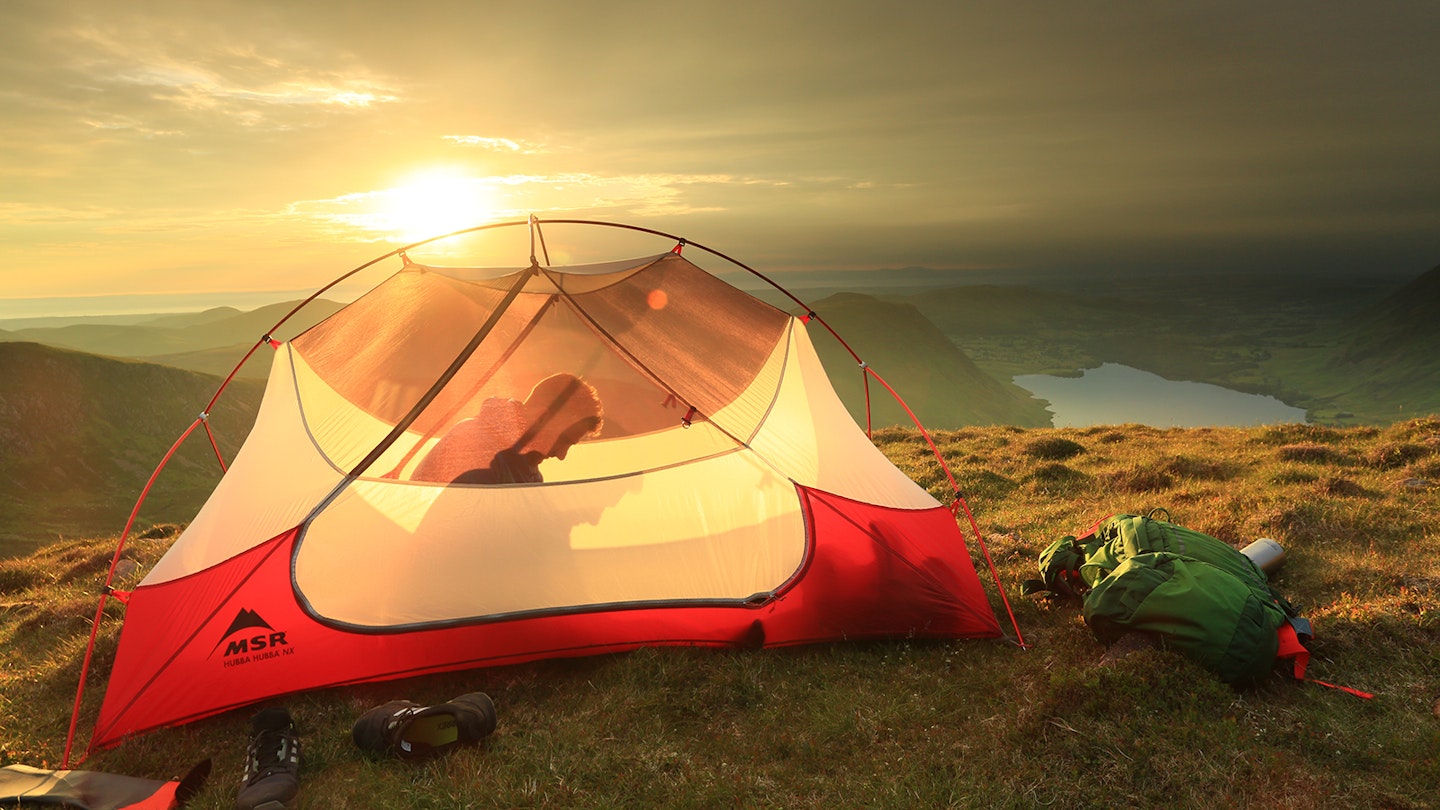Trail magazine readers are experienced and knowledgeable hillwalkers and backpackers; so every article we publish must be authoritative, accurate, authentic, well researched and written to our high editorial standards. Please take the time to read several issues of Trail magazine to gain an understanding of our style and audience before submitting any pitches.
MOST IMPORTANTLY: come to us with ideas that will excite us. We already use a regular pool of excellent writers so your pitch needs to stand out from the crowd and offer something new to our audience.

Pitch guidelines
Features
Most Trail magazine features focus on either destinations (specific peaks, mountain ranges or core hillwalking regions), experiences (wild camping, scrambling, learning new skills) or personalities (interviews with interesting people living amazing lives). Our aim is to inspire our readers to get outdoors more, find new places to walk and explore, and ultimately finish every issue wanting to replicate what they read in the pages of the magazine.
With the exception of interviews, the majority of Trail features are written in first person and based upon the author’s experience of a recent adventure. Word counts can range from 1000-3000 words depending on the style of article and scale of your trip, and all features MUST be accompanied by high-resolution, magazine-quality photography. If you haven’t taken images yourself, think about where they will come from before getting in touch.
Please don’t send fully written articles. A few short paragraphs giving a general overview of your feature idea, plus some sample photography and previous examples of your work will be enough in the first instance.
Email feature submissions to trail@bauermedia.co.uk with the subject ‘New feature pitch’.
Routes
If you walk regularly in the UK hills and mountains and would like to share your routes with our readers, get in touch. The Trail route section is the most technical section of the magazine, delivering 12 fully mapped routes per issue accompanied by highly detailed written instructions. Walking in mountain areas comes with a high level of risk and can be dangerous at any time of the year, so accuracy and expert knowledge of the terrain you’re describing is essential.
Routes must be written to a template which will be provided. The three elements that are required with every route submission are a selection of high-resolution captioned photographs showing key areas of the walk, a waymarked Ordnance Survey map and digital GPX file that can be used to clearly navigate the route, and a detailed written description including step-by-step directions and key statistics including difficulty, distance, total ascent etc.
Email routes suggestions to trail@bauermedia.co.uk with the subject ‘New routes pitch’.
Gear reviews
Choosing the right kit is essential on mountain trips, where good gear can mean the difference between staying dry and getting soaked, or even between life and death. Trail has been the UK’s leading authority on outdoor kit for over 30 years and the main reviews in each issue are written by our team of regular testers.
If you’d like to get involved, the magazine’s Used & Abused section is your chance to tell us what you think about a piece of outdoor gear you’ve used. This is where we write short reviews of kit we’ve used personally, ranging from long-term tests to first impressions. Most reviews are written by the Trail team, but we welcome submissions from freelance writers and readers who want to voice their opinions on gear.
The key elements for Used & Abused reviews are a high-resolution photo of your piece of kit, the price you paid for it, how long you’ve been using it and an honest written review of no more than 225 words describing your experience using the product.
Submit your gear review at www.livefortheoutdoors.com/tried-and-tested

